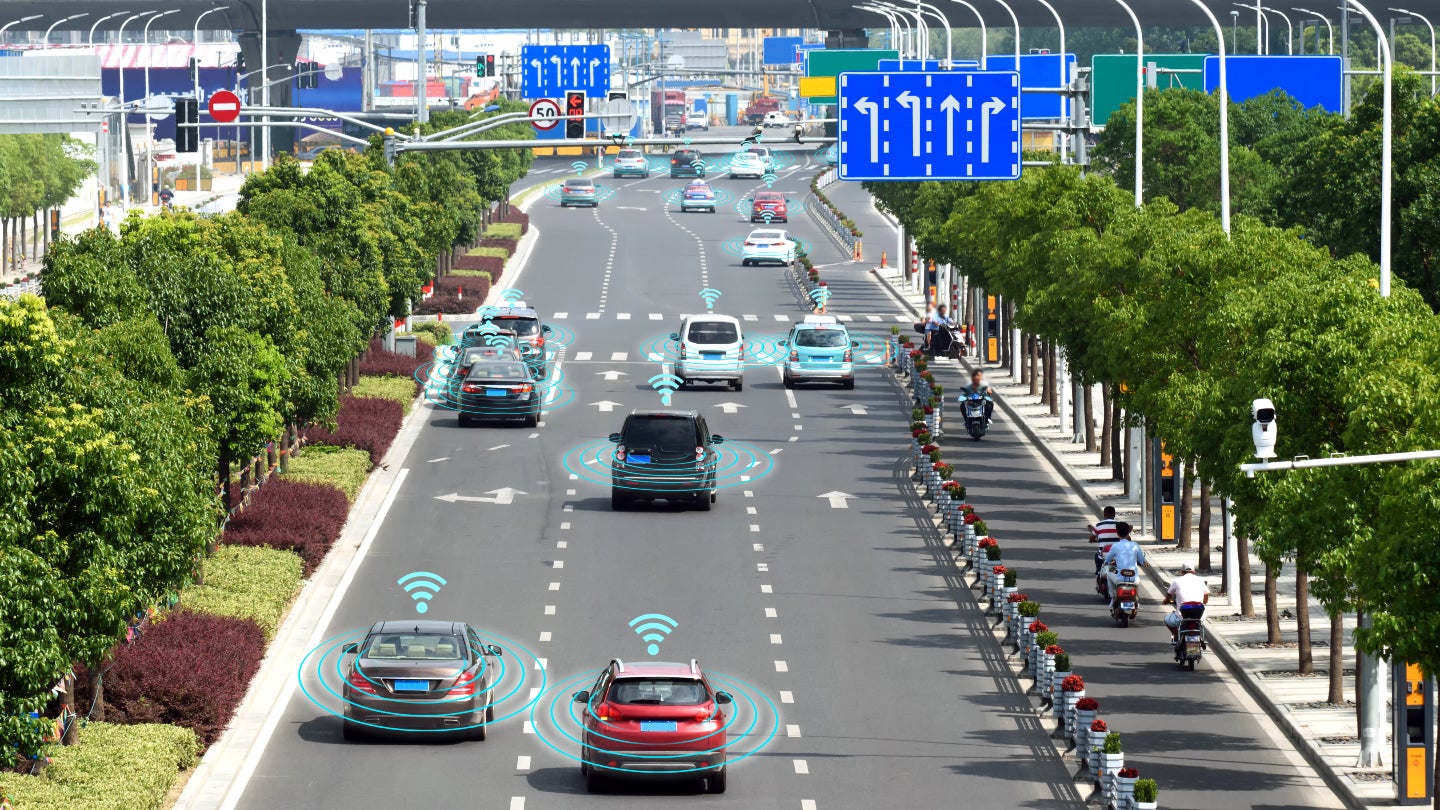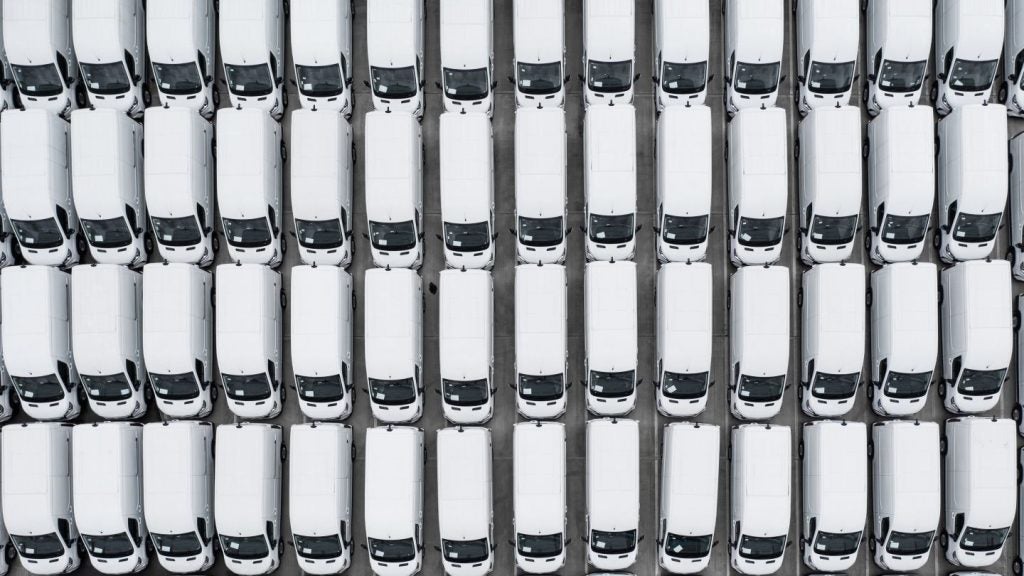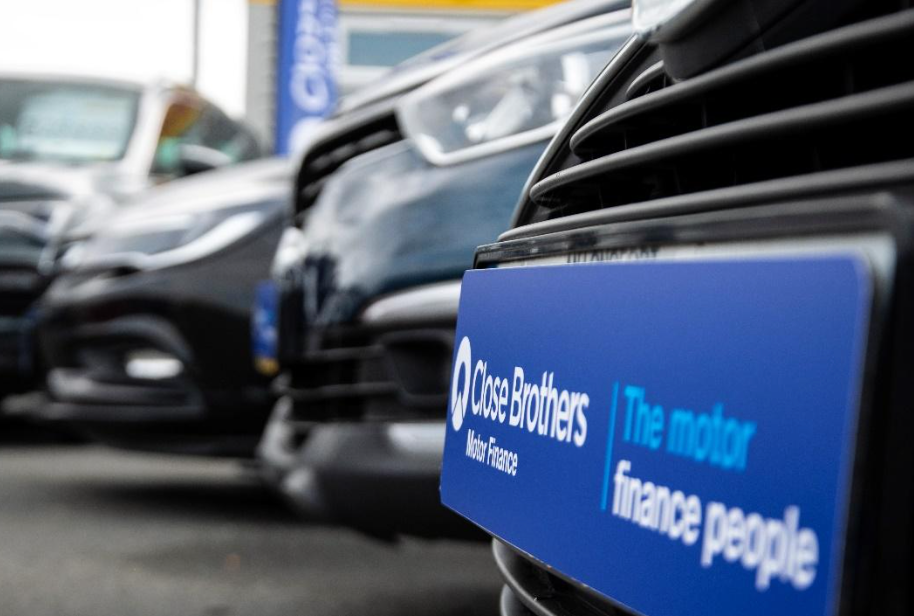
By reducing or eliminating the need for human input, autonomous driving technology in vehicles is predicted to improve convenience and safety – and that is likely to have significant ramifications for the motor insurance industry.
How soon fully autonomous driving technology will be available remains unclear, of course. Recent developments – such as the laying off of 900 employees at General Motors’ Cruise self-driving subsidiary and Apple’s reported shuttering of plans for its car – have fed into a growing narrative that carmakers underestimated the challenge of achieving fully autonomous driving.
Indeed, only last week, the US’ Insurance Institute for Highway Safety published the results of tests on an initial 14 partial driving automation systems as part of a new rating programme it is rolling out which found that only one was at an acceptable level. The assertion that carmakers still have “work to do” in delivering partial autonomy, let alone full autonomy, suggests the latter is still some way off.
Nonetheless, industry experts polled on the matter believe that progress towards that goal will continue, with suggestions that more real-world testing input is required and that technology like artificial intelligence (AI) could prove pivotal in helping to achieve it.
Of the difficulty in achieving full autonomy, Pete Sadler, partner of IP law firm Reddie & Grose, tells Motor Finance Online: “Full automation covering all scenarios has been known to be a difficult problem for some time, but that hasn’t stopped companies such as Waymo operating fully autonomous vehicles on public roads. However, scaling and improving it will be a continuous exercise.”
“There are many really interesting problems remaining in this space in fields such as object recognition, scenario prediction, simulation etc. One issue is the very (very) large number of edge cases that can be encountered in the real world. As more edge cases are encountered, the training data for the AI model needs to be updated to account for these. But a big problem with these types of model is that although changing the training data in one respect might improve performance in one area, it can cause the model to regress in other area – a bit like playing whack-a-mole. The model testing then becomes very important – does the revised model pass all known test scenarios without causing a regression?”
Motor insurance for autonomous vehicles
Assuming full autonomy is ultimately achieved, however, it is likely to change the face of motor insurance.
“Fully autonomous vehicles may seem distant, but many advanced driver-assistance systems-equipped vehicles, already on the market, offer various degrees of autonomy,” notes Quentin Colmant, CEO and co-founder of embedded insurance provider Qover, to Motor Finance Online. “Insurers must adapt now to account for these advancements, as the insurance landscape continues to evolve rapidly.”
Indeed, Chris North, technical manager for the motor division at Towergate Insurance, tells Motor Finance Online that this is already beginning to happen.
“Insurers are already introducing new clauses into their motor insurance policies in recognition of the critical role of computer systems and software at all levels of autonomy, particularly where there is high or full automation …
“With a very significant majority of today’s road crashes being in some way down to human error, such as distraction, for example by mobile phone use, driver error such as not looking properly, speeding and drink or drug driving, third-party claim costs that insurers must meet can be expected to reduce considerably when there’s a collision involving a vehicle driving in autonomous mode.”
And Colmant notes that autonomous driving systems are already reshaping how we approach liability.
“With the evolution towards self-driving vehicles, there’s a notable expectation for a decrease, potentially even to zero, in claims frequency,” he says. “This shift prompts us to anticipate that a significant portion of low-severity claims, if they persist, may be self-insured by the original equipment manufacturers. However, it’s reasonable to anticipate that the remaining claims could manifest as more severe incidents, stemming from product malfunctions or cyberattacks, leading to potentially catastrophic consequences.
“In this context, traditional motor insurance, primarily covering accidents and risks, undergoes a substantial transformation. There’s a growing expectation for car manufacturers to assume greater responsibility for issues stemming from their cutting-edge technology.”
Such a change would necessitate a significant reshaping of how the insurance industry operates. For insurers, this is likely to require creative new ideas for how to operate.
“While there may be fewer accidents overall, the complexity and cost of claims rise due to the sensors and technology embedded within these cars,” says Colmant. “Moreover, as we look to the mid-term, there will likely be a coexistence of regular cars with self-driving vehicles. Since self-driving cars will entail considerably higher repair costs, accidents primarily caused by traditional vehicles could lead to an increase in the total loss ratio.
“This dynamic creates a situation where combined regular claim frequency, coupled with higher repair costs, contrasts with the low frequency but very high severity claims explained earlier, stemming from product malfunctions or cyber-attacks, for example. Consequently, insurers face a complex challenge in navigating this evolving landscape, necessitating a re-evaluation of insurance operations to effectively address these changing risk profiles.”
A consideration for carmakers, meanwhile, is how much data to share with insurers. Sharing more might allow them to avoid liability in some instances, but they might believe there is more value in sharing less and taking on more risk.
There is also an added expectation of a shift away from car ownership towards mobility services, and this too would have an impact on insurance provision.
Colmant explains: “With fewer car owners and increased use of mobility services, the primary interface for end-customers shifts from manufacturers to mobility providers. This shift highlights the growing responsibility of mobility service providers in managing liability associated with autonomous driving. Collaboration is key as we adapt to this change and integrate autonomous vehicles into the mobility landscape.”







